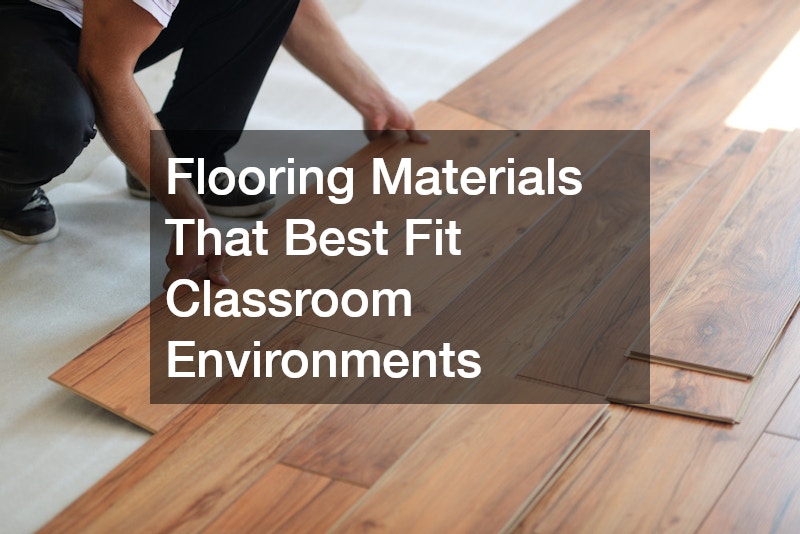Installing new floors in a classroom isn’t the same as installing them in a museum. Students from kindergarten to their senior year of high school tend to be much harder on floors than their adult counterparts. What’s more, classroom activities can wear and tear floors in ways that require hardwood refinishing sooner than they might in other settings.
To keep school floors looking new and durable for years, it’s important to choose sturdy and easy-to-clean materials. Opting for surfaces that don’t require special cleaning supplies ensures that any spills—such as those from a teacher—can be quickly addressed without waiting for maintenance. This approach helps maintain the appearance and longevity of the floors, even with the demands of a busy school environment.

For a school floor or classroom floor, it’s best to consider what type of students will be using the classroom. Kindergartners and preschoolers may need floors that can be cleaned easily if they cause a spill, or they might need soft carpeting in the area where they have nap time. High schoolers will want flooring that is hard enough to handle a lot of foot traffic. Regardless of the type of school, our tips below will help with your flooring decision.
When selecting flooring for schools, it’s crucial to consider factors like durability, ease of maintenance, and comfort to create an environment conducive to learning. Here are a few flooring options that stand out as the best for classroom settings:
1. Vinyl Flooring
Vinyl is a popular choice for classrooms due to its durability and low maintenance. It can withstand heavy foot traffic and resists stains, making it ideal for a space where spills are common. Additionally, it offers a comfortable surface to walk on, reducing fatigue for both students and teachers.
2. Carpet Tiles
Carpet tiles are another great option for classrooms, especially in early education environments. They provide comfort, sound absorption, and insulation, creating a quieter and more comfortable space. If a tile gets stained or damaged, it can easily be replaced without needing to redo the entire floor.
3. Rubber Flooring
Rubber flooring is highly durable and offers excellent shock absorption, which can be especially beneficial in classrooms designed for physical activities. It’s also slip-resistant and easy to clean, making it a safe and practical choice for high-energy spaces like gymnasiums or multipurpose rooms.

4. Laminate Flooring
Laminate flooring provides the appearance of wood while being more cost-effective and resistant to scratches and dents. It’s easy to maintain and can handle the daily wear and tear of a busy classroom.

